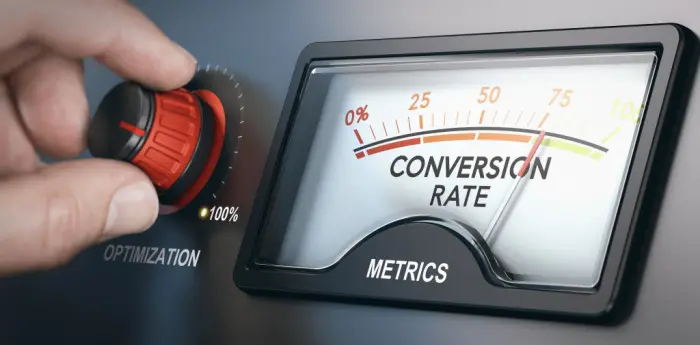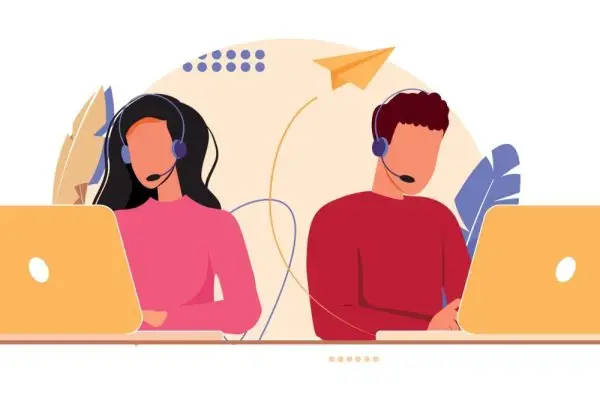The Importance of Following Up With Online Leads
As an attorney, you are always looking for new clients. In the modern world, a sizable portion of these leads will come from online sources, whether that is buying leads from a lead generation company like Legal Brand Marketing or leads coming through your own website. It is therefore essential to know how to follow up with these leads in order to convert them into paying clients. But how often should you follow up? Is there such a thing as too much follow-up? Let’s take a look at what the experts have to say.
When Should You Follow Up?
If you are dealing with online leads, the best advice is always to reach out as soon as possible after the lead comes in. If the potential client does not answer immediately to your outreach, you will need to have a strategic plan for how and when you will follow up with the lead.
The general rule of thumb after your initial outreach is to follow up within 24 hours via call, text, and email. If you do not hear anything back after the first follow-up, you want to continue to follow up through different methods of contact during different times of the day. There are many reasons a lead may not answer immediately, so persistence is key.
If a lead seems particularly interested or enthusiastic, you may want to follow up more frequently. Conversely, if a lead seems unresponsive or disinterested, you may want to space out your follow-ups more. The most important thing is to not be a nuisance and to always give the potential client an easy way to opt out of further contact.
What Should You Say?
When following up with online leads, it is important to remember that you are essentially cold-calling these individuals. As such, you want to come across as professional, knowledgeable, and friendly. You also want to make sure that you are tailoring your pitch to the specific individual.
A good way to do this is by quickly reviewing their online profile before reaching out. If they have filled out a form to be contacted by an attorney, you will likely have some information about their case. Use this information to personalize your message and let them know that you are taking the time to review their specific situation.
You also want to make sure that you are providing value in your follow-up message. For instance, you could provide resources that would be helpful to the individual or give them a quick overview of your experience with similar cases. If you can show the potential client that you are an expert in their specific situation, they are more likely to pick up the phone when you call.
What Tone Should You Have When Following Up?
When following up with a lead, it is not only important when you follow up but also the tone you set when following up. The key is to strike a balance between being too pushy and not pushy enough. You don’t want to come across as desperate or needy, but you also don’t want the client to think that you don’t care about their case. You also want the potential client to know that you read the information they provided on the lead form and took the time to understand their situation.
A good way to strike this balance is by using what is called the broken record technique. This means that you continue to follow up with the potential client in a polite and professional manner until they either engage with you or explicitly ask you to stop contacting them. This technique can be frustrating, but it is often effective in eventually getting a response from the lead.
When following up with online leads, it is important to remember that timing is everything. You want to reach out as soon as possible after receiving the lead, but you don’t want to be too pushy or seem desperate. It is also important to personalize your message and show that you have taken the time to review their specific situation. Finally, you want to use the broken record technique to continue following up until the potential client either responds or asks you to stop. By following these guidelines, you will be able to maximize your success rate in converting online leads into paying clients.
What If The Client Doesn’t Respond?
It’s inevitable that there will be times when a client doesn’t respond to your initial outreach attempts. This doesn’t necessarily mean that they’re not interested; they could simply be busy or distracted. In these cases, it’s important to continue following up at regular intervals until you either get a response or determine that the lead is no longer viable.
How Often Should You Follow Up After That?
Once you’ve finally made contact with the lead and had a conversation about their case, you’ll want to start following up on a more regular basis (usually once every week or two). At this point, your goal should be to keep the lead warm until they’re ready to move forward with hiring an attorney.
You can do this by sending them helpful resources, keeping them updated on any developments in their case, and checking in to see how they’re doing. The key is to maintain communication without being too pushy or sales-y. If you can do this, you’ll greatly increase your chances of eventually converting the lead into a paying client.
If you don’t hear back from the lead after a reasonable amount of time (usually 4-6 weeks), it’s probably safe to assume that they’re no longer interested and move on.
Legal Brand Marketing is Here to Help
While every lead and situation is different, having an effective and structured follow-up strategy is essential to having success with online leads. Our team is here to help you every step of the way, from initial outreach to closing the deal. We can help review your follow-up techniques and give you insight into what’s working (and what’s not). Contact us today to learn more about how we can help you convert more online leads into paying clients.






